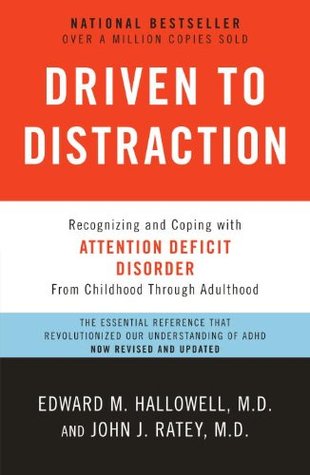More on this book
Community
Kindle Notes & Highlights
At last I found an explanation for the different ways I thought and behaved. I’d always excelled in school and college, so no one, including me, thought I had a learning disability. I knew I was a slow reader—and I have since pieced together that in addition to ADD I also have dyslexia—but I never had understood why I came up with different ways of solving problems, why I had an intuitive approach to so much, why I tended to think outside the box, why I could be so impatient so often, why I was so quick to draw conclusions, why I had an oddball sense of humor, and on and on. Although I am not
...more
The old moral model dies hard. It still lives on in the minds of certain groups and individuals. At the heart of the moral model beats the conviction that willpower controls all human emotion, learning, and behavior. Under this model, the cure for depression is to cheer up. The cure for anxiety is to suck it up. And the cure for ADD is to try harder. While trying harder helps just about everything, telling someone with ADD to try harder is no more helpful than telling someone who is nearsighted to squint harder. It missed the biological point.
The 1990s was the decade of the brain. Science uncovered more and more evidence, from imaging studies to genetic studies to family studies, proving that ADD was a true biological entity.
Dr. Barkley’s comment that ADD is more impairing than any syndrome in all mental health that is treated on an outpatient basis. More impairing than anxiety, more impairing than depression, more impairing than substance abuse.
Twenty-five percent of the prison population has undiagnosed ADD.


